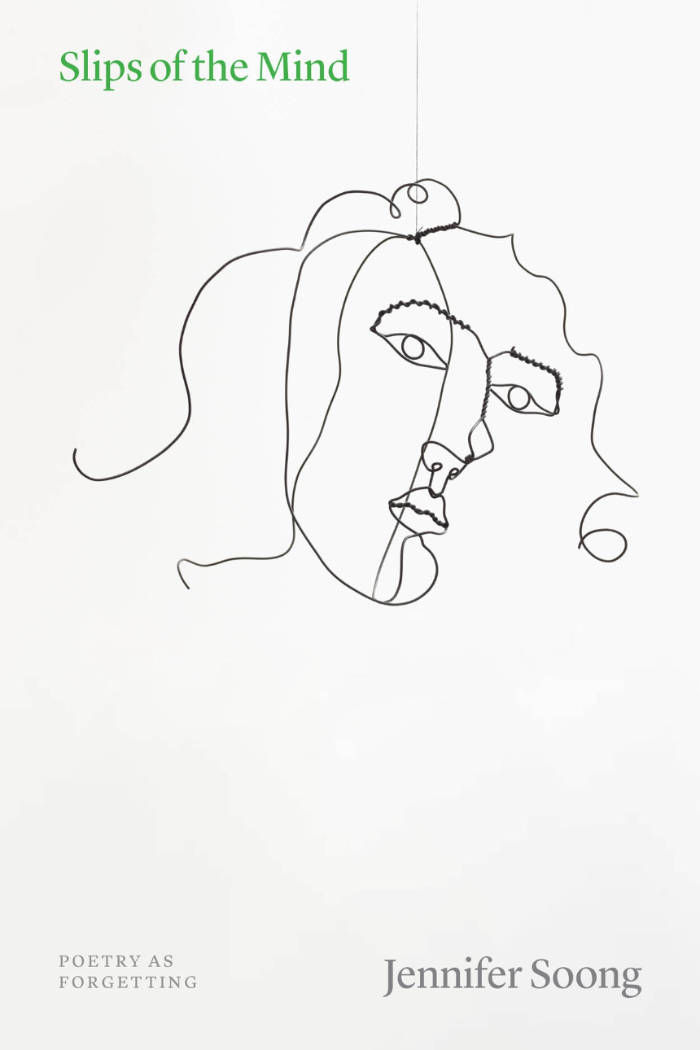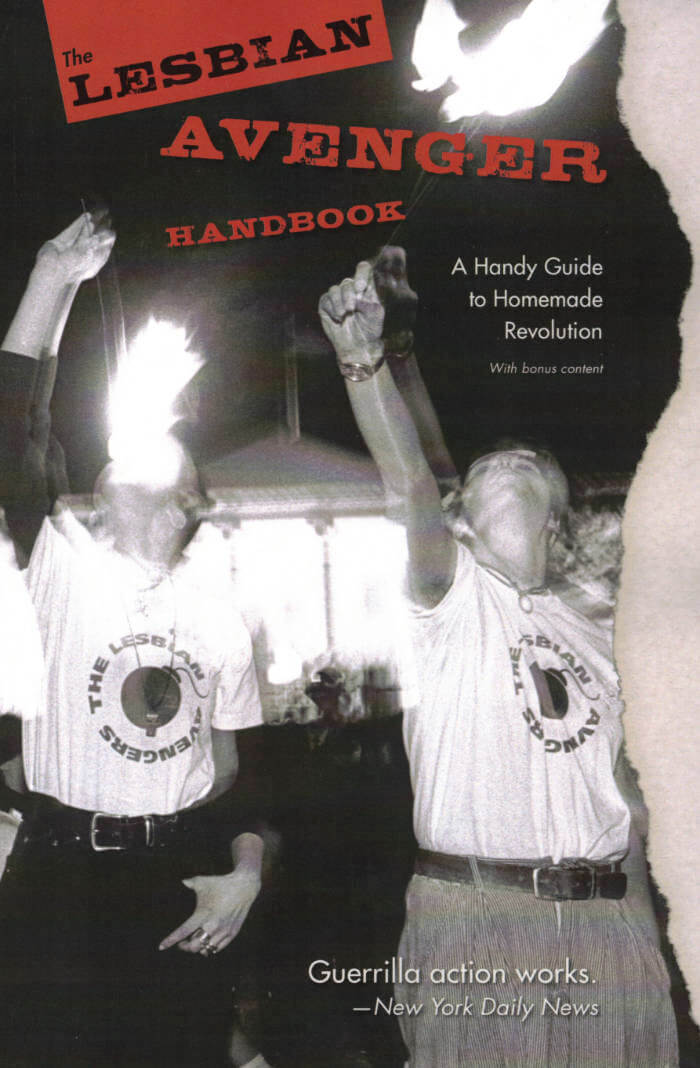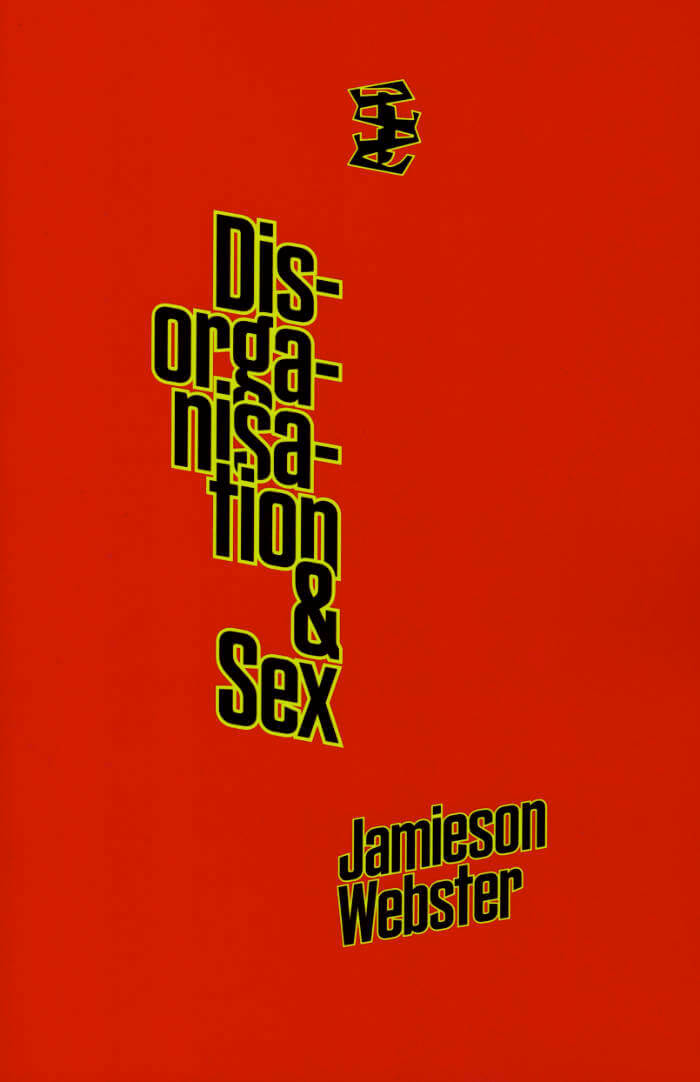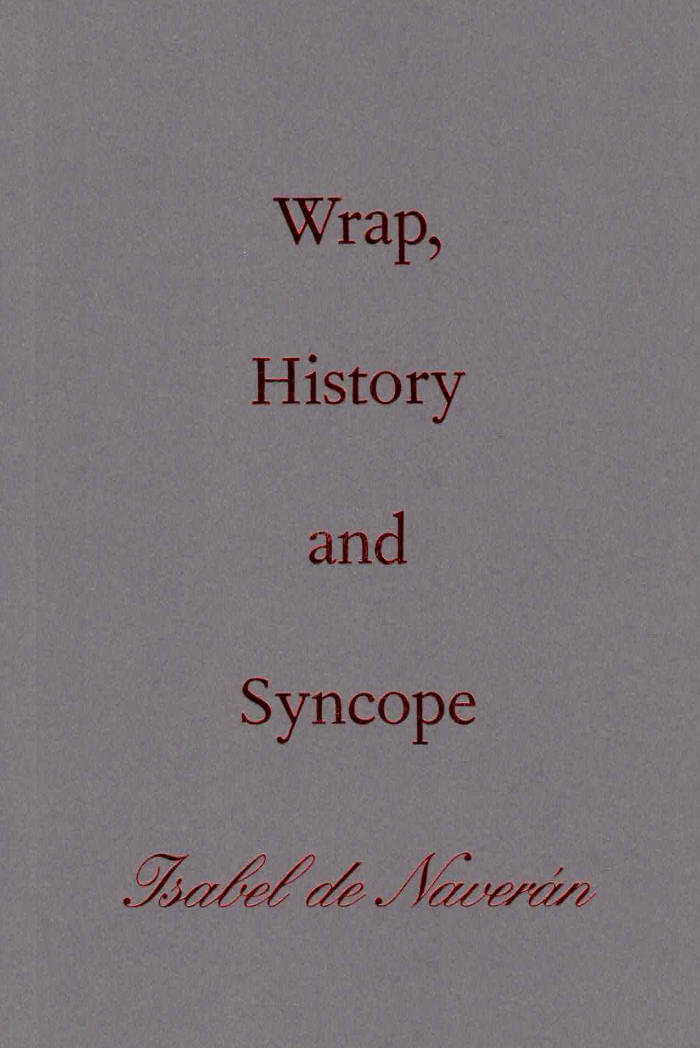
Spike #78 – The Night
Rita Vitorelli ed.
Winter issue, featuring Mark Leckey, Ellen Cantor, Gertrude Stein, Piotr Uklański, P.Staff, Josephine Pryde, Blackhaine, Diego Marcon, Ingrid Wiener, Olivier Assayas, Jamieson Webster, Steven-Phillips-Horst...
Spike's latest issue is a beacon lit to rescue The Night. Long held under suspicion as the domain of outcasts and phantoms, the night has come under pressure to extend the horizon of work and production.
What faith, the state, and capital fear are the perils and promises of the dark's formlessness: to withdraw into the pure solitude of sleep and dreams' unreason; to blush with the pure elation of dance and a rave's ephemeral friendships; even to have one's edges undone by the murmurs of ghosts or a celestial sign.
Need a break from the tyranny of the sun? Then light a candle, a headlamp, a flare – anything but your phone – and grap your copy to follow us into the possibility of the night.







